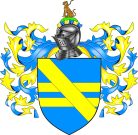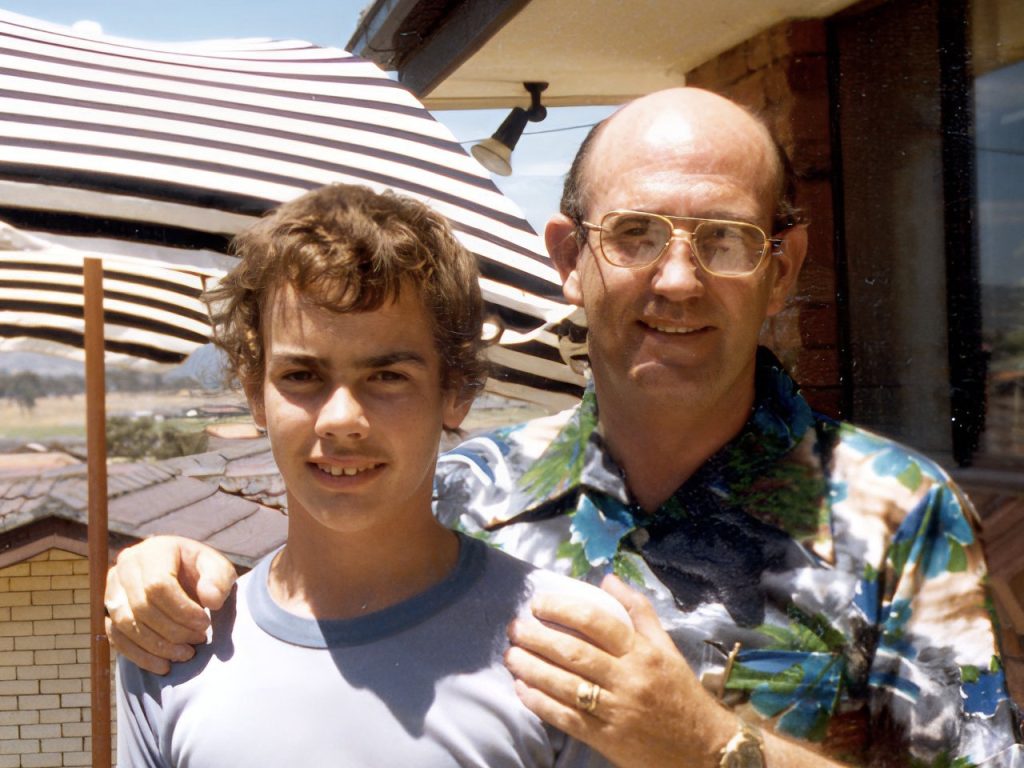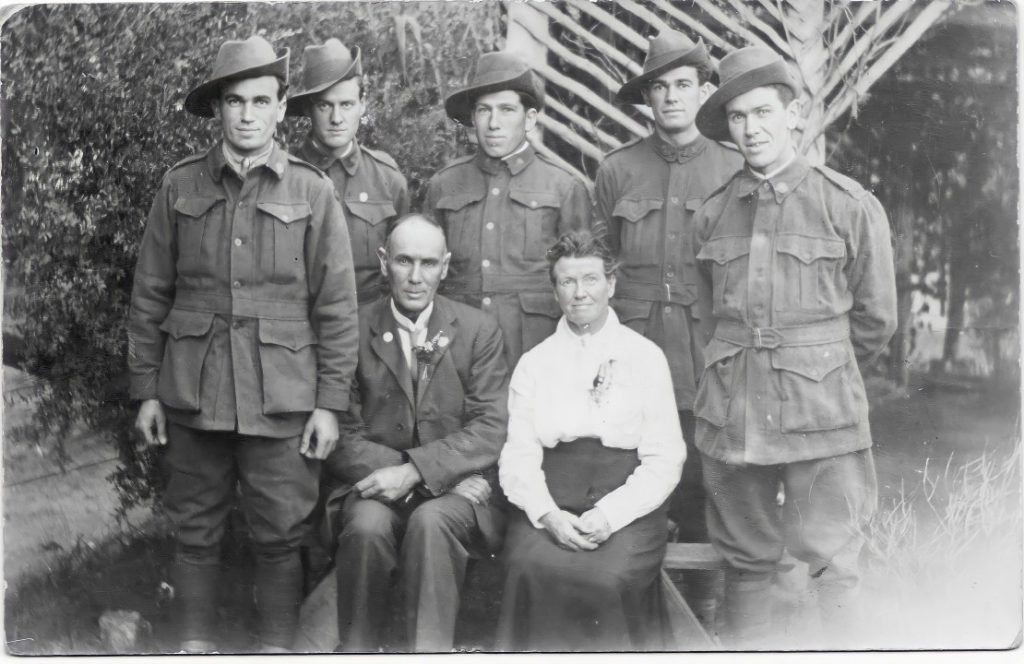Communication within the workplace often serves as the bedrock upon which professional relationships are built. While many of us learn the basics of effective communication, delving into the psychology behind it can offer even greater insights. I had the unique privilege of being introduced to the Parent-Adult-Child (PAC) model at a young age by my father. A man deeply fascinated by psychology and the intricacies of human thought, my dad started his career as a teacher before becoming a Pentecostal pastor in the late 1960s. His unique gift was the ability to demystify complex models and theories, making them easily digestible even for a 12-year-old like me at the time. This early understanding of the PAC model has proven invaluable in navigating the diverse communication styles I’ve encountered, particularly with bosses who maintain a ‘parent’ perspective.
The Origin of the Model
The PAC model originates from Transactional Analysis, a psychoanalytic theory developed by Eric Berne in the late 1950s. This model classifies three distinct ego-states: Parent, Adult, and Child, each of which influences the way we interact. Here’s a brief rundown:
Parent: This ego-state embodies values, rules, and judgments absorbed from authority figures during our formative years. Conversations in this state can be either controlling or nurturing.
Adult: The Adult ego-state is logical and data-driven, devoid of the emotional reactions often associated with the Parent and Child states. Communication here is balanced, equal, and problem-solving-focused.
Child: The Child state showcases our emotional and spontaneous reactions, largely shaped during our childhood. Conversations in this state can either be rebellious or compliant.
Mirroring Communication Styles
An intriguing aspect of the PAC model is the propensity for individuals to mirror the ego-state they encounter. If one engages as a Parent, the other is often subconsciously pushed into the Child role, causing an imbalance in the communication dynamic. This is especially true in workplaces where bosses tend to adopt a predominantly ‘Parent’ mode of operation.
A Personal Example
At one stage of my career, I reported to a manager who personified the Parent ego-state. She maintained a controlling atmosphere and preferred directives over discussions. Recognising this, I consciously chose to respond from an Adult ego-state. By staying logical, asking clarifying questions, and abstaining from emotional reactions, I was able to gradually nudge our interactions towards a more balanced Adult-Adult dialogue.
Leadership Implications
For those of us in leadership positions aspiring to cultivate a positive work environment, comprehending the PAC model can be a powerful tool. A team that functions predominantly from an Adult ego-state is more inclined towards collaboration, innovation, and accountability.
To move past rigid hierarchical structures, it is vital to treat team members as equals and encourage Adult-Adult styles of communication. This not only elevates the decision-making process but also facilitates better accountability since team members actively participate rather than merely follow orders.
Conclusion
The Parent-Adult-Child model offers invaluable insights into the realm of interpersonal communication. Being aware of these dynamics enables us to foster healthier, more productive work environments. The next time you find yourself in a conversation, pause to identify the ego-states at play. You might discover that shifting to an ‘Adult’ perspective results in more balanced and effective interactions.



